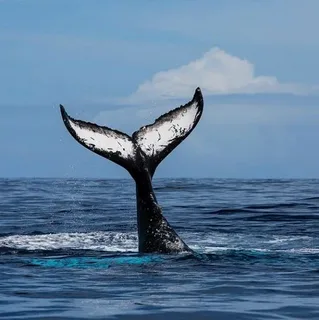Predatory Clasping Legs: What Are They?
Many predatory arthropods and other creatures have specialized appendages called predatory clasping legs, sometimes called raptorial or prehensile legs. These legs are essential to their hunting tactics since they are designed to catch and hold prey. They are an outstanding illustration of how evolution has adapted for effective predation.
Also Read: Quarterback
The Grab’s Mechanisms: How Clasping Legs Operate
Predatory clasping legs’ distinct shape and mechanics account for their efficiency. Typical key qualities are:
- Modified Tibia and Femur: The tibia (shin) and femur (thigh) are frequently expanded and altered to provide a strong grabbing mechanism. Like a pair of pincers, the tibia can fold against the femur, producing a vice-like grip that can hold struggling prey in place.
- Spines and Teeth: Many species have rows of sharp spines or teeth along their femurs and tibias to improve their grasp and prevent food from escaping. These structures serve as barbs, providing a firm grip.
-
Muscular Power: These legs can grasp objects quickly and forcefully because of their powerful muscles. This power is essential for capturing prey, frequently much bigger than the predator.
-
Sensory Structures: Certain species have sensory structures on their raptorial legs to aid in the detection and location of prey. This blend of sensitivity and strength increases hunting success.
Animals with Clasping Legs for Predation
Predatory clasping legs have evolved in numerous species from a variety of lineages. Here are a few noteworthy instances:
- Mantises (Mantodea): Possibly the most famous example, mantises have highly developed raptorial appendages on their forelegs. Thanks to their strong grasp, they can grab and subjugate a variety of insects and even tiny vertebrates.
- Praying Mantises: These insects best demonstrate the traditional raptorial leg. They are in a “praying” position with their front legs folded, ready to leap out and grab their victim.
- Certain Spider Species: Although silk is the primary material spiders use to capture prey, some species—especially those belonging to the Deinopidae family, including ogre-faced spiders—use highly adapted front legs to grasp and hold prey.
- Phymatidae, or ambush bugs, are predators using their modified forelegs to catch anything approaching too closely. Their legs are coated in spines for a secure grasp.
- Water Scavenger Beetles (Dytiscidae): Some diving beetle species have forelegs modified to grip prey underwater. Because of their powerful, spiky legs, they can cling to slick aquatic life.
Benefits of Predatory Clasping Legs for Evolution
These predators benefit greatly from the development of their clasping legs:
- Better Prey Capture: Thanks to the unique morphology, a greater variety of prey can be captured efficiently and dependably.
- Enhanced Survival: Higher survival rates and more successful reproduction correlate with successful prey capture.
- Nutritional Diversification: Predators’ nutritional options are expanded when they can handle a variety of prey sizes and types.
- Decreased Energy Expenditure: The energy required to pursue and subdue prey is reduced when a capture is made quickly and precisely.
Conclusion
Clasping legs are a strong and useful huntingadaptationn for predators. Thanks to their complex design, which has been honed over millennia of development, these animals can effectively trap and subdue a wide variety of prey. Researching these amazing appendages can help one understand the diversity and inventiveness of natural selection. Ongoing investigations into the biomechanics and evolutionary history of these systems further reveal the intriguing intricacy of the natural world.
Also Read: Osteotome
Frequently Asked Questions (FAQs)
What distinguishes walking legs from predatory clasping legs?
Predatory clasping legs include powerful gripping muscles and larger femurs and tibiae with spines or teeth, making them highly adapted for capturing prey. Conversely, walking legs have less specialized features and are designed for movement.
Are insects the only animals with predatory clasping legs?
No, a wide range of arthropods and other creatures have predatory clasping legs, proving convergent evolution—the independent evolution of similar features in unrelated speciesdue tof similar environmental constraints.
What is the difference between other hunting tactics and predatory clasping legs?
Predatory clasping legs provide a direct and effective way to capture and immobilize prey, guaranteeing a successful hunt, in contrast to other hunting tactics that depend on speed, venom, or trapping systems.





